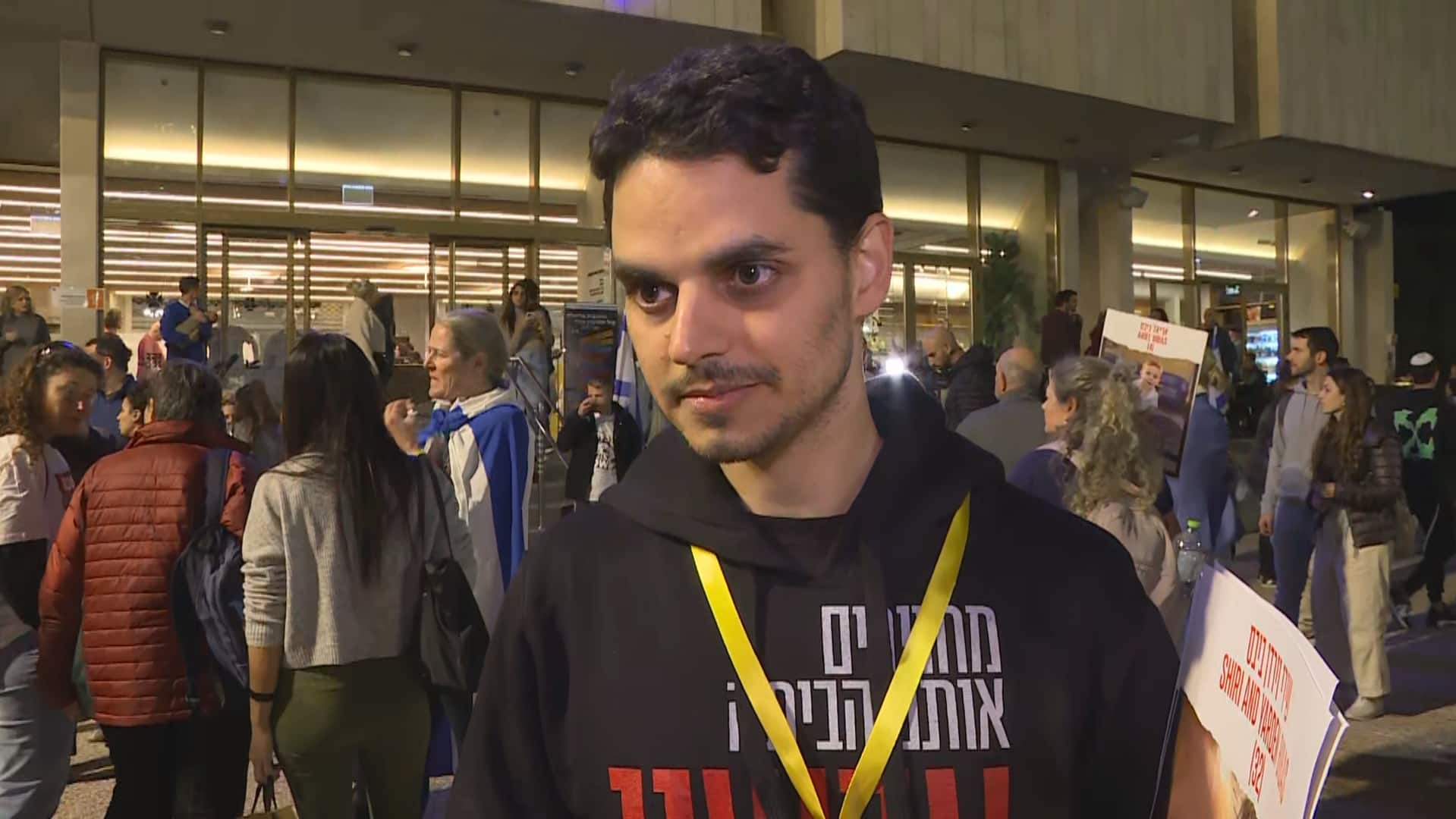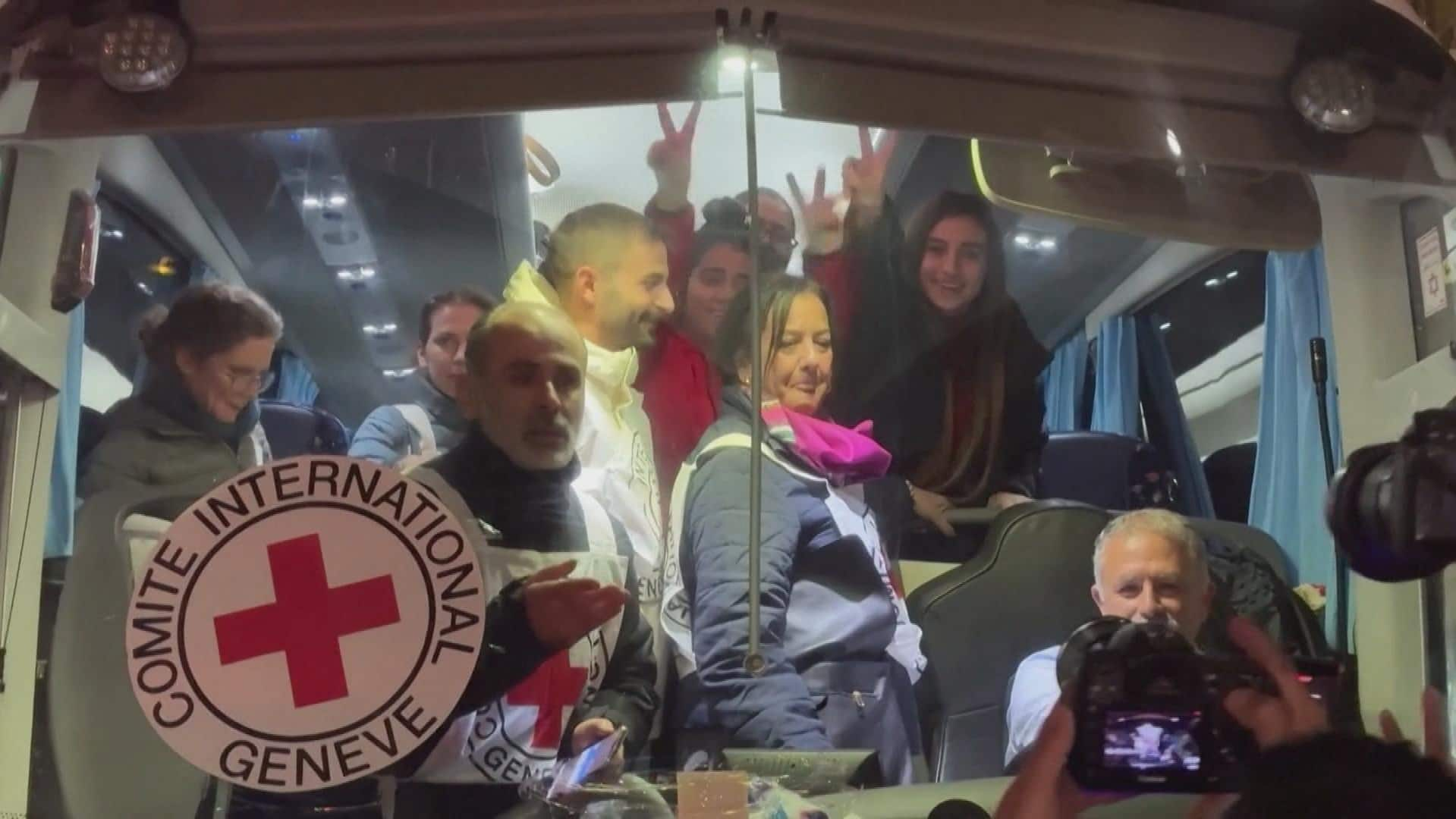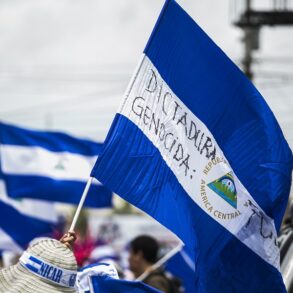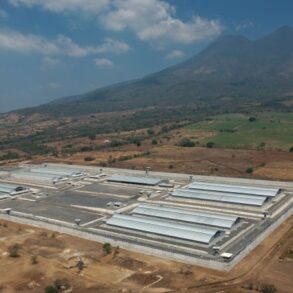Hamas freed 12 more hostages and Israel released 30 more imprisoned Palestinians on Tuesday, the fifth day of an extended six-day truce between the militant Palestinian group and Israel in the Gaza war.
The International Committee of the Red Cross said the 12 hostages had been transferred from Gaza, and Israel’s military confirmed that the 10 Israeli citizens and two foreign nationals were with its special forces on Israeli territory.
The hostages were among some 240 people seized by Hamas gunmen during a rampage into southern Israel on Oct. 7 that killed 1,200 people, including several Canadians.
- What questions do you have about the war between Israel and Hamas? Send an email to ask@cbc.ca.
Live video images broadcast by Al Jazeera television on Tuesday showed a bus with Palestinians leaving Israel’s Ofer Prison in the occupied West Bank.
Israel said it freed 30 Palestinian detainees from Ofer and a detention centre in Jerusalem. Earlier it said they would be 15 women and 15 teenage males, according to the Palestinian Prisoner’s Club, a semi-official organization.
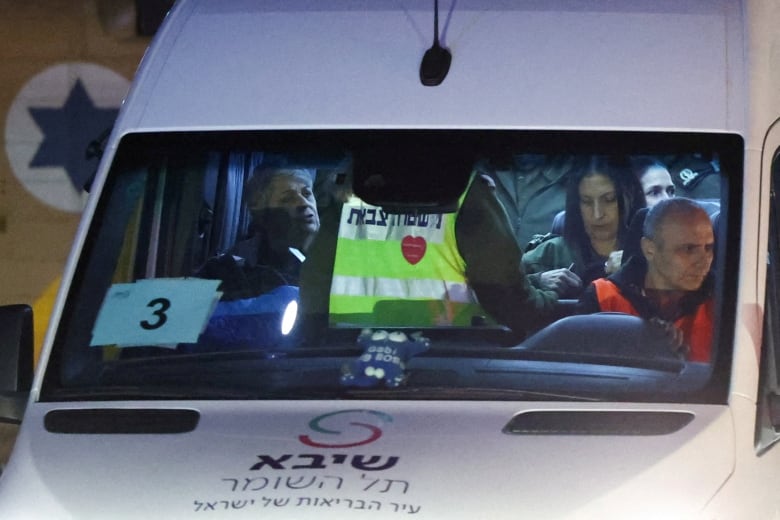
Al Jazeera said the Palestinians had arrived in the West Bank city of Ramallah and Jerusalem.
A spokesperson for the foreign ministry of Qatar, which is mediating in the conflict, said the freed Israeli hostages included nine women and one minor.
Some of the hostages were handed over by the Al Quds Brigades, the armed wing of the Palestinian Islamic Jihad movement, it said on Telegram.
The truce has brought Gaza its first respite after seven weeks of intensive Israeli bombardment prompted by the Hamas attack. It had been due to expire overnight into Tuesday but both sides agreed to extend the pause to allow for the release of more hostages held by Hamas and of Palestinians held by Israel.
According to figures from Hamas-run health authorities in Gaza, which are deemed reliable by the United Nations but do not differentiate between civilians and combatants, more than 15,000 people have been confirmed killed in Israel’s bombardment of the territory, around 40 per cent of them children, with many more dead feared to be lost under rubble.
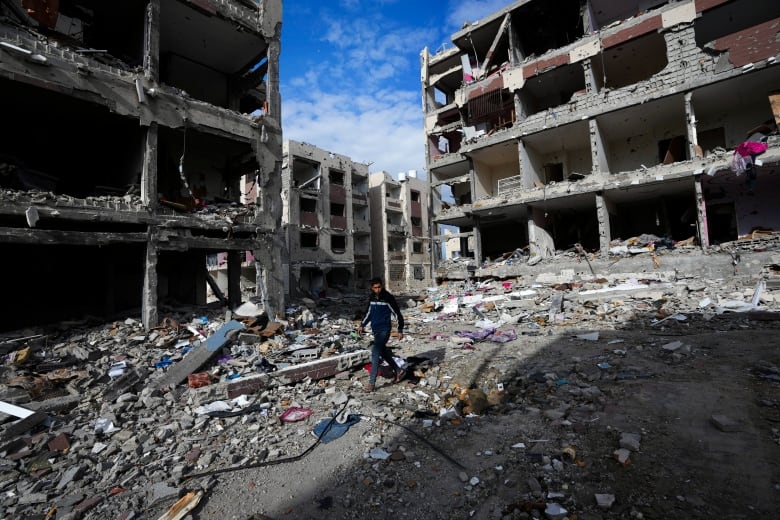
At least 77 soldiers have been killed in Israel’s ground offensive. Israel says it has killed thousands of militants, without providing evidence.
Israel has said the truce could be prolonged further, provided Hamas continues to free at least 10 Israeli hostages per day. But with fewer women and children still in captivity, keeping the guns quiet beyond Wednesday may require negotiating to free at least some Israeli men for the first time.
One of those men is Yarden Bibas, whose cousin, Tomer Keshet, spoke to CBC News at a rally in Tel Aviv on Tuesday demanding the Israeli government ramp up efforts to free those still in captivity.
Featured VideoTomer Keshet, whose cousin’s entire family was taken hostage by Hamas during the Oct. 7 attacks in Israel, says he’s overjoyed for other families when he sees hostages released, but calls the process of waiting for the return of his loved ones ‘nerve-racking.’
“It’s a roller-coaster of hope and disappointment,” Keshet said of not seeing the names of his cousin or his two young sons on the daily list of hostages to be freed by Hamas.
The Israeli military has said Hamas has given the three over to another militant group.
Keshet said he is delighted to see images of other hostages reuniting with their families and hopes to experience the same soon.
“It’s been so long. Every day that passes, the chances of survival decreases,” Keshet said, noting they were there to call on the government of Israel “to do what they can before it’s too late.”
Dozens released from each side
Tuesday’s release brought to 60 the number of Israelis freed under the terms of the deal between Israel and Hamas. An additional 21 hostages have been released in separate negotiations.
So far, 180 Palestinians have been released from Israeli prisons.
The Palestinian prisoners released so far have been mostly teenagers accused of throwing stones and firebombs during confrontations with Israeli forces. Some were convicted by Israeli courts of attempting to carry out deadly attacks. The prisoners are widely seen by Palestinians as heroes resisting occupation.
Featured VideoThirty Palestinians aboard an International Red Cross bus were visibly overjoyed after their release from Ofer prison as part of the truce between Israel’s military and Hamas.
The freed hostages have mostly stayed out of the public eye, but details of their captivity have started to emerge.
In one of the first interviews with a freed hostage, 78-year-old Ruti Munder told Israel’s Channel 13 television that she was initially fed well in captivity but that conditions worsened as shortages took hold. She said she was kept in a “suffocating” room and slept on plastic chairs with a sheet for nearly 50 days.
Israel imposed a siege on Gaza at the start of the war and only allowed a trickle of food, water, medicine and fuel to enter prior to the ceasefire, leading to widespread shortages and a territory-wide power blackout.
Northern Gaza in ruins
The ceasefire has not been without incident.
Tuesday saw the first major exchange of fire between Israeli troops and Hamas fighters in northern Gaza since the truce began Friday.
Each side blamed the other for the outbreak, but no further violence followed and the swap went ahead. Still, it underscored the fragility of the truce, with the warring sides holding their positions in close proximity to each other.
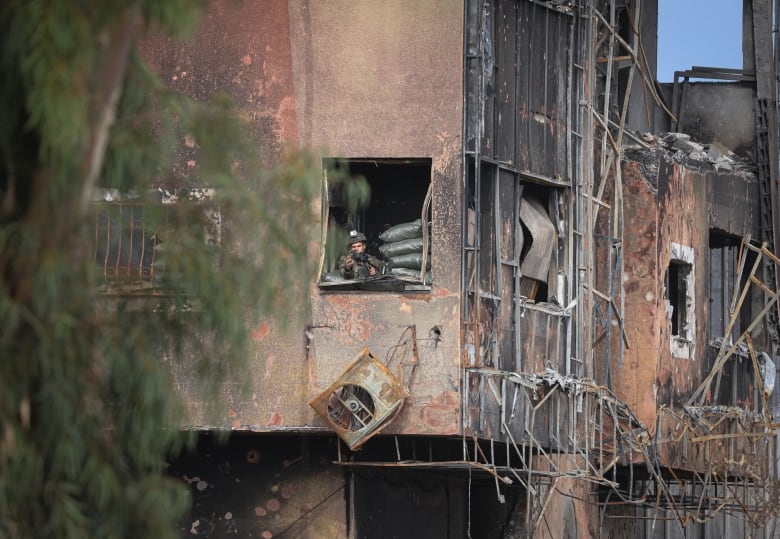
The ceasefire has, however, allowed residents who remained in Gaza City and other parts of the north to venture out to survey the destruction and try to locate and bury relatives.
In northern Gaza’s Jabaliya refugee camp, which Israel bombarded heavily for weeks and which troops surrounded in heavy fighting with militants, “you come across whole city blocks that have been demolished, just a pancake of concrete layered as buildings have collapsed,” said Thomas White, the Gaza director for the UN agency caring for Palestinian refugees (UNRWA).
The agency delivered six trucks of aid to the camp, including supplies for a medical centre. Footage of White’s visit showed streets lined with destroyed buildings, cars and piles of rubble.
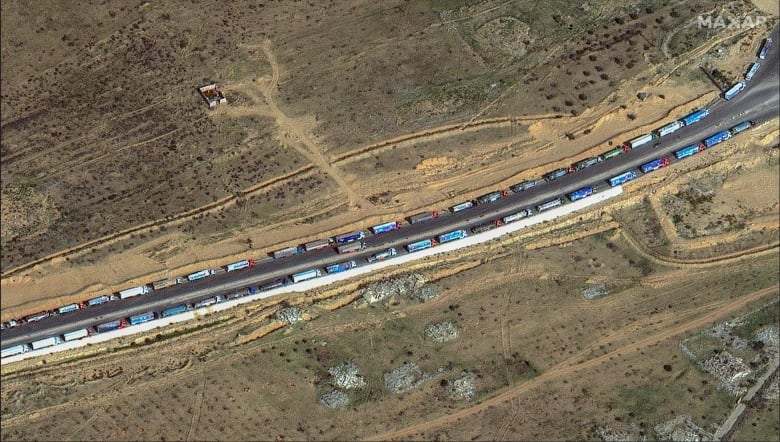
A UN-led aid consortium estimates that, across Gaza, more than 234,000 homes have been damaged and 46,000 completely destroyed, amounting to around 60 per cent of the territory’s housing stock. In the north, the destruction “severely compromises the ability to meet basic requirements to sustain life,” it said.
Authorities were able to reopen the dialysis department at Gaza City’s Al-Shifa hospital after medical teams brought a small generator. Around 20 patients there had gone two or three weeks without dialysis, Dr. Mutasim Salah told Al-Jazeera TV from the hospital.
Two weeks ago, Israeli forces seized the hospital, which Israel had contended was used as a major base by Hamas, an accusation that the group and hospital staff deny.
Fears for south Gaza
Israel’s bombardment and ground offensive have displaced more than 1.8 million people, nearly 80 per cent of Gaza’s population, with most having sought refuge in the south, according to the UN. Hundreds of thousands of people have packed into UN-run schools and other facilities, with many forced to sleep on the streets outside because of overcrowding.
Rain and cold winds sweeping across Gaza have made conditions even more miserable.
On Tuesday, Hanan Tayeh returned to her destroyed home in the central town of Johor al-Deek, scouring for any belongings in the wreckage.
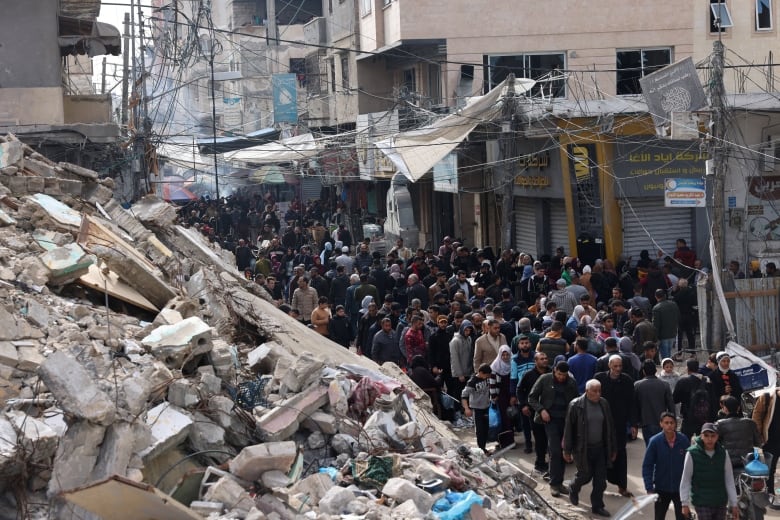
“I came to get anything for my daughters. Winter has come, and I have nothing for them to wear,” she said. “It is cold, we are homeless.”
The ceasefire has allowed increased aid of 160 to 200 trucks a day into Gaza, bringing desperately needed food, water and medicine, as well as fuel for homes, hospitals and water treatment plants. Still, it is less than half what Gaza was importing before the fighting, even as humanitarian needs have soared.
Juliette Touma, a spokesperson for UNRWA, said people come to shelters asking for heavy clothes, mattresses and blankets, and some are sleeping in damaged vehicles.
“The needs are overwhelming,” she told The Associated Press. “They lost everything, and they need everything.”
On Tuesday, G7 foreign ministers said in a joint statement that they supported a further extension to the pause in fighting to facilitate aid shipments and the freeing of more hostages.
The statement emphasized “Israel’s right to defend itself and its people” but underscored the importance of “protecting civilians and compliance with international law.” It also said the G7 — a group of seven major international economies that includes Canada — was committed to a Palestinian state as part of a two-state solution.
This post was originally published on this site be sure to check out more of their content.



